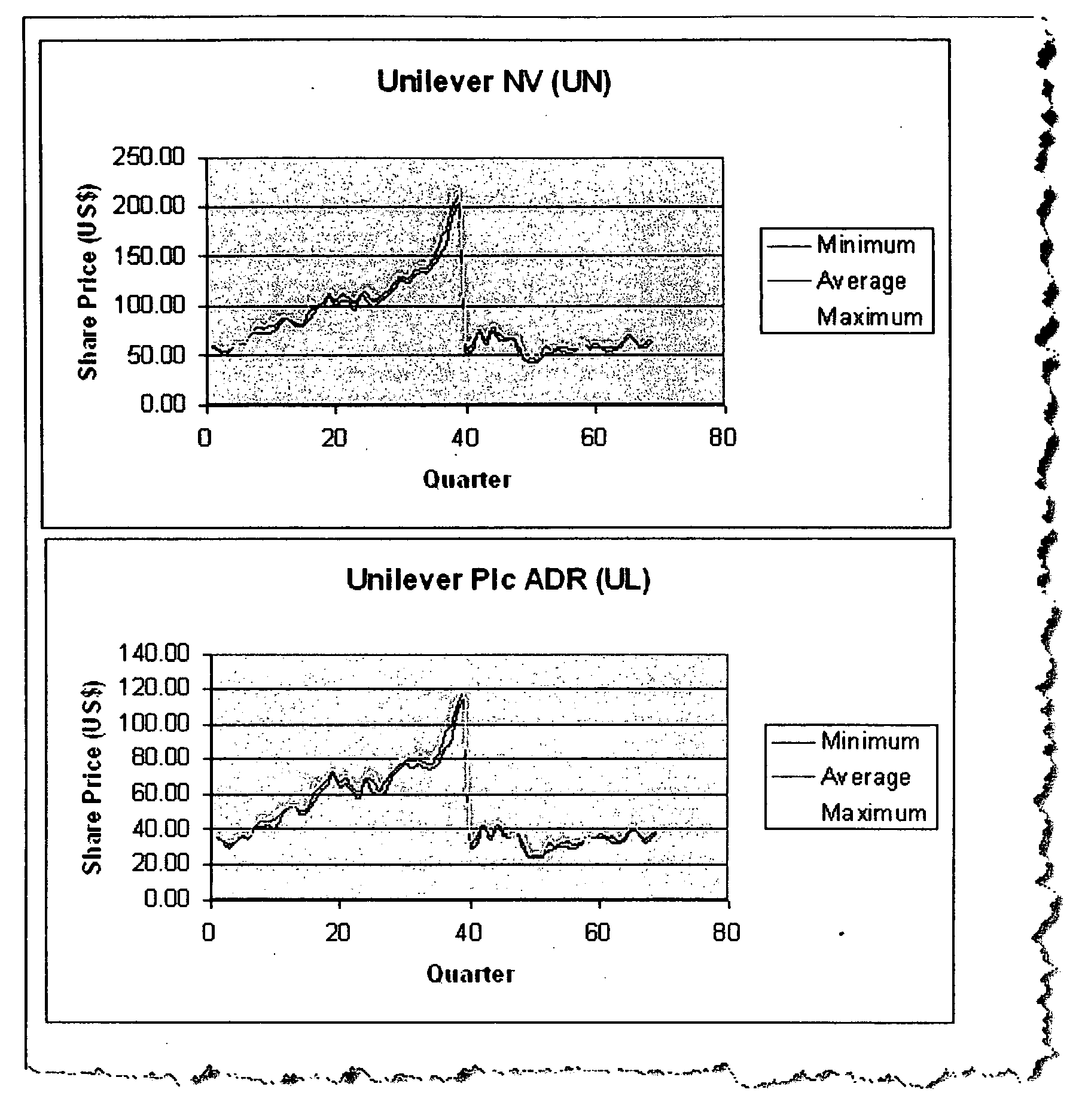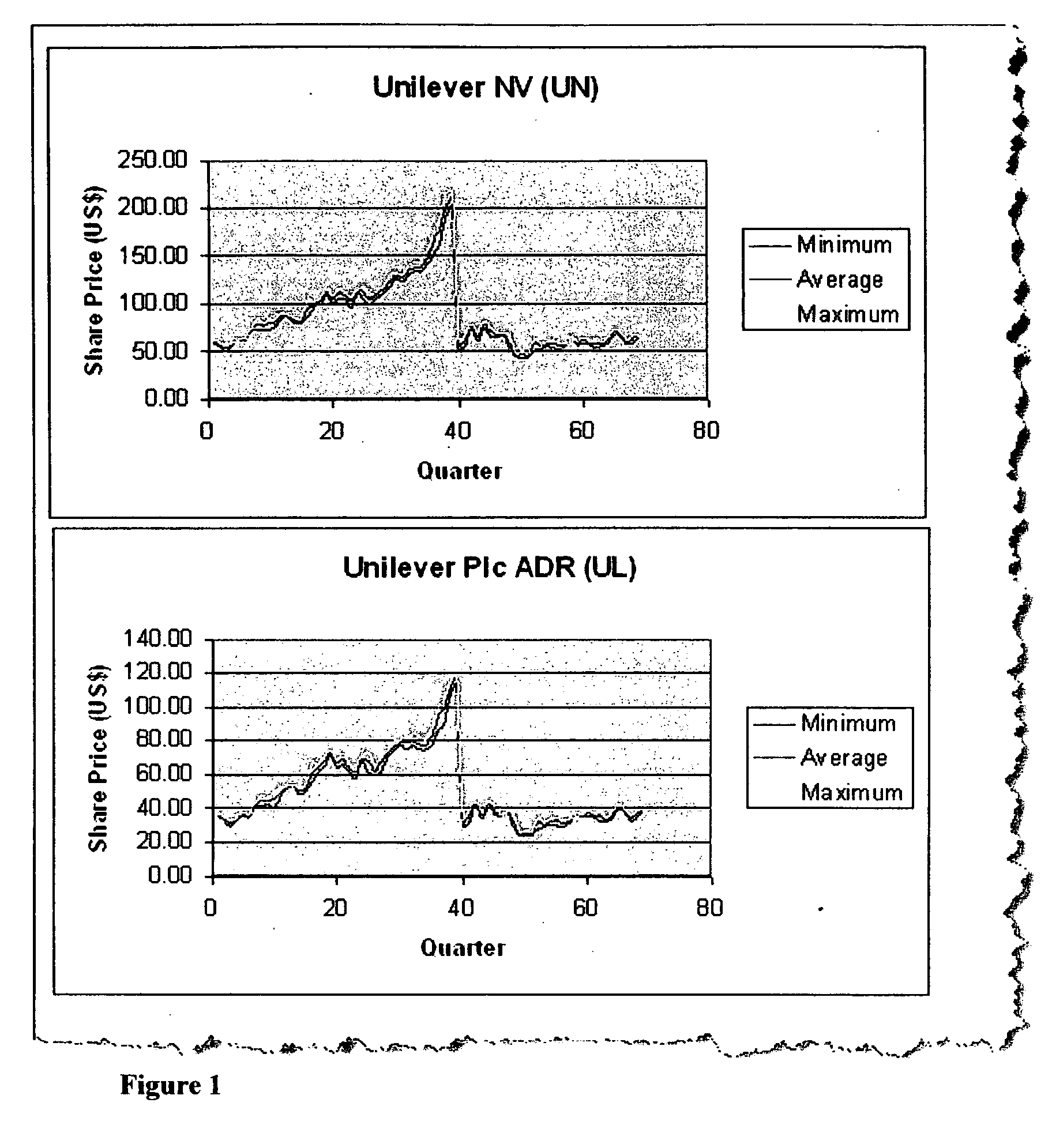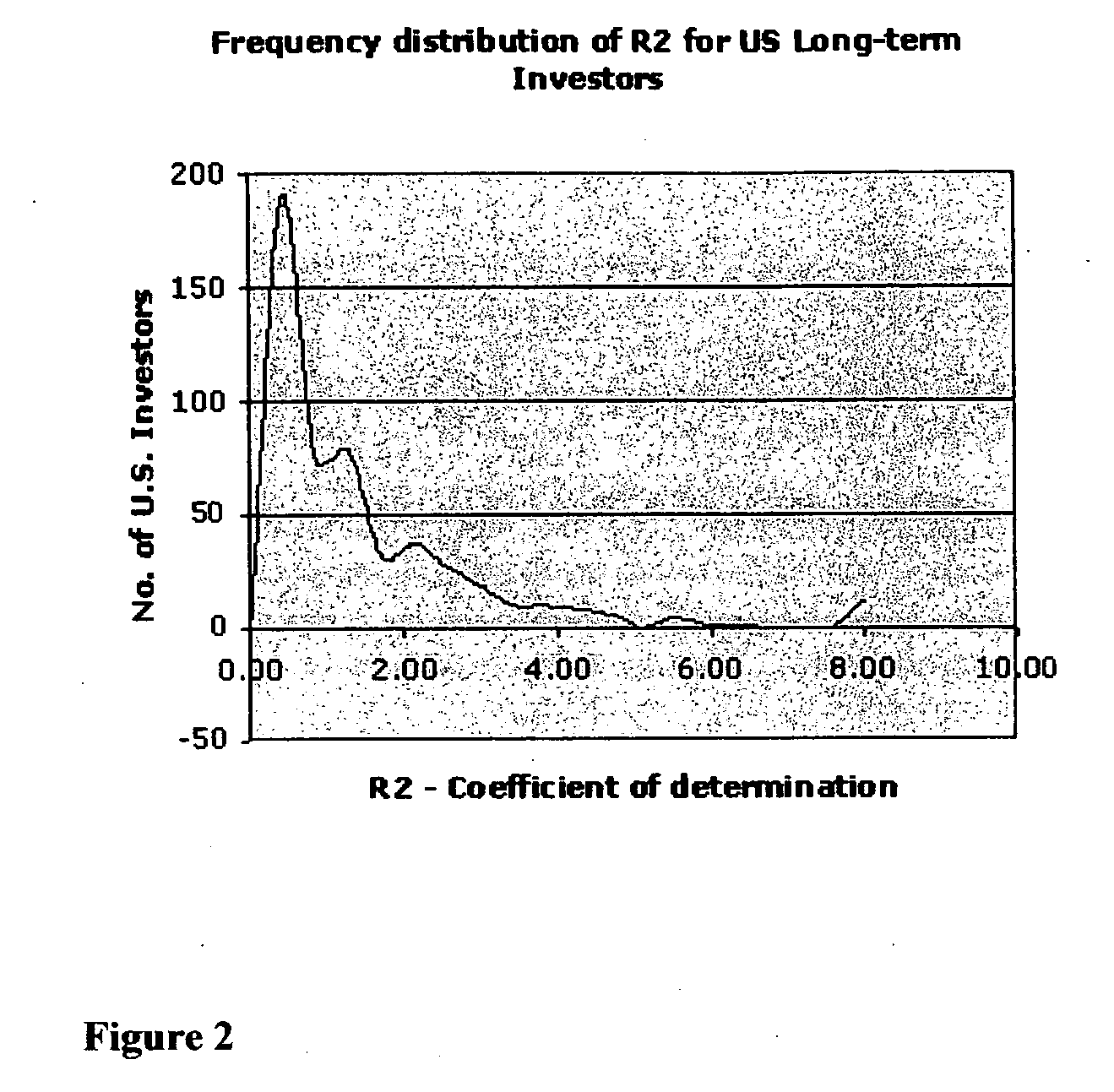As the volume and type of information available overloads the capacity to absorb it, information
asymmetry or
distortion poses a major problem for all the participants of today's financial markets.
These problems have their origin in the way the financial markets have evolved over the last five decades.
One of the main criticisms of the capital asset pricing model is that it does not take into account the marginal utility of investors and assumes that all investors have the same risk preference thereby making the investor external to the equation.
The most serious criticism of capital asset pricing model came from Fama and French, who demonstrated that the risk of a stock, measured by beta, was not a reliable predictor of performance (i.e. knowing the beta of a stock does not tell you much about the future return of that stock).
But by this very admission of the deviation, efficient market
hypothesis has undermined the basic premise on which it stands (i.e. that information is reflected immediately in the market).
If an investor happens to beat the market consistently, it is more out of luck than skill.
Noise can have adverse influence on “rational” investors by keeping the prices away from their mean value even after discounting the “irrational” traders, forcing the rational investors to act as if their
horizon is short due to pressure from their customers.
Investors generally make choices that are merely satisfactory, not necessarily optimal.
This is due to the limitation on resources and computational capabilities.
To overcome these limitations, investors use shortcuts and past experiences, and this introduces behavioural biases.
While high switching costs can be one of the reasons for this, past experience does play a dominant role in such decisions and overrides rationality, influencing the investor to discount the actual performance.
Anxiety affects the decision-making process, often forcing investors to look at the small pieces instead of the big picture, making them susceptible to rumours, tips, and headlines.
The risk tolerance calculated by sophisticated asset allocation programs does not take these feelings into consideration, rendering the results nearly worthless.
Information
asymmetry also results from the level of access different investors have over information that is not yet in the public domain.
To assume that the market had perfect information and that all investors behaved rationally was naïve.
As the complexity of portfolio management has increased, it is no longer possible to analyse or research at the level of individual securities and, as a result, stocks have been grouped into classes.
While fine-tuning at the high portfolio level cannot be achieved, fine-tuning at the individual
security level is too detailed and impractical.
A model, while being a simplification of reality, cannot be simplified to such an extent that it ends up being too far from reality.
While the introduction of classification simplified
information processing and comparison, it also introduced a whole host of problems, starting from its definition to its misrepresentation.
The problem with this approach was that any classification has to be based on distinct attributes (i.e., the constituents of the class should have attributes that can be distinctly identified from others).
If these attributes are not clear, there is
ambiguity on the very classification
system.
In
spite of the
ambiguity of style investing, style classification cannot be avoided because of the reliance of the investment world on this classification in
spite of its ambiguous and inconsistent definitions and usage.
While the simplicity of these beliefs quickly grabbed the attention of the investment
community, the various caveats that accompanied it were conveniently ignored, thereby resulting in a one-sided view.
Moreover, behavioural finance does not provide
ready to use formulae that the industry is so used to.
A misclassification can mean the shareholders of these mutual funds are assuming financial risks greater than what they were led to believe.
The SEC requires the mutual funds and investment companies to disclose their portfolio holdings only on a quarterly basis, thus causing gaps in the information.
While attempts are being made to bring in greater transparency by way of SEC imposing stricter rules in portfolio disclosures (see, e.g., www.funddemocracy.com), it is far from being implemented.
Even if stricter rules in portfolio disclosures are implemented, this will not solve the problem completely as non-U.S. investors are not under any obligation to disclose such information.
All this means that the evolution of the capital markets has been based on a number of assumptions and anomalies, which has made it difficult for investors and companies alike to communicate information to each other without it passing through these filters.
When large investors use such tools as windows to look at individual companies for their buy-hold-sell decisions, it is highly likely that they will miss out on winners and bet on the losers.
 Login to View More
Login to View More  Login to View More
Login to View More 


